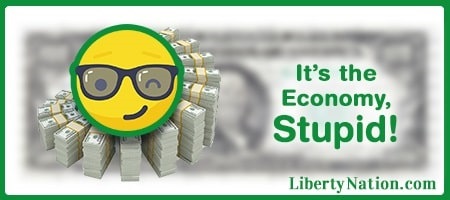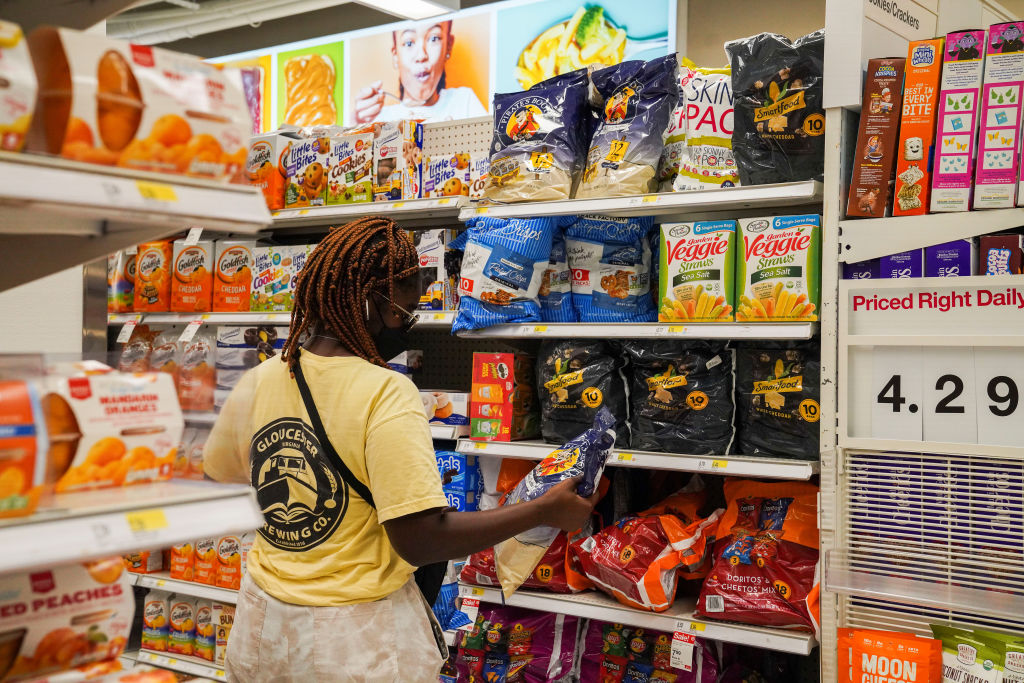The greatest minds in America are trying everything to fight inflation, but the September CPI proves their efforts are no match for the inflationary might. Be it the Federal Reserve’s quantitative tightening campaign or President Joe Biden’s supposed inflation-busting policies, the latest data prove something that many have warned about for the last 18 months: A high consumer price index is a sticky substance that will be hard to return to pre-crisis levels. So, what more are you paying for today?
September CPI Stuns Again
 The US annual inflation rate eased to 8.2% in September, higher than the market estimate of 8.1%, according to the Bureau of Labor Statistics (BLS). The monthly inflation rate also surged 0.4%, doubling economists’ expectations of 0.2%. The year-over-year core inflation rate, which eliminates the volatile energy and food industries, climbed to 6.6%, higher than the consensus of 6.5%. The core inflation rate also remained unchanged at 0.6% month-over-month.
The US annual inflation rate eased to 8.2% in September, higher than the market estimate of 8.1%, according to the Bureau of Labor Statistics (BLS). The monthly inflation rate also surged 0.4%, doubling economists’ expectations of 0.2%. The year-over-year core inflation rate, which eliminates the volatile energy and food industries, climbed to 6.6%, higher than the consensus of 6.5%. The core inflation rate also remained unchanged at 0.6% month-over-month.
Food and shelter prices were the standout components of the September CPI report.
The food index advanced 11.2%, which includes a 13% jump in grocery store prices and an 8.5% boost in food away from home costs. The most notable year-over-year gains consisted of bread (+15.5%), chicken (+17.2%), eggs (+30.5%), milk (+15.2%), fruits and vegetables (+10.4%), and coffee (+15.7%). Shelter costs advanced 6.6% from the same time a year ago, and rents increased 6.7%.
 There was some reprieve on the energy front as prices increased at an annualized pace of 19.7%, down from a peak of about 40%. But the index tumbled for the third consecutive month. Within this category, gasoline prices eased to 18.2%, and fuel oil slowed to 58.1%. But electricity prices soared 15.5% year-over-year and rose 0.4% month-over-month. Unfortunately, these savings were diminished by higher costs for new vehicles (+8.4%), used cars and trucks (+7.2%), and tires (+12.9%).
There was some reprieve on the energy front as prices increased at an annualized pace of 19.7%, down from a peak of about 40%. But the index tumbled for the third consecutive month. Within this category, gasoline prices eased to 18.2%, and fuel oil slowed to 58.1%. But electricity prices soared 15.5% year-over-year and rose 0.4% month-over-month. Unfortunately, these savings were diminished by higher costs for new vehicles (+8.4%), used cars and trucks (+7.2%), and tires (+12.9%).
So, how is everything else? It is a mixed bag, particularly in the retail trade. As Liberty Nation recently noted, retailers are trying to dump their bloated inventories, especially ahead of the holiday shopping season. This is part of the reason why items like men’s apparel (-1.1%), women’s footwear (-0.8%), televisions (-17.9%), and major appliances (-1.5%) have been sliding over the last couple of months.
Perhaps what is truly astonishing in this economy is that the current administration has presided over 18 consecutive months of negative real wage growth (inflation-adjusted).
A Furtive Tear

(Photo by Wang Ying/Xinhua via Getty Images)
Soon after the September CPI numbers were published, the financial markets tanked. The Dow Jones Industrial Average plunged about 500 points, the S&P 500 dropped nearly 100 points, and the Nasdaq Composite Index plummeted more than 300 points. All other assets tumbled on the statistics, including gold (-1.3%), silver (-1.8%), US crude oil (-1%), and Bitcoin (-4.1%). The US Dollar Index (DXY), which gauges the greenback against a basket of currencies, spiked on the news and flirted with a 52-week high of 114.00. The US Treasury market was also green across the board, with the benchmark ten-year yield up about 14 basis points to above 4%.
What Now?
It might be almost certain that the annual inflation rate has peaked. The primary discussion may be how slow the CPI or personal consumption expenditure (PCE) price index will be to come down. But the longer it takes to ease, the worse it is for investors and borrowers because the Eccles Building will continue to raise the benchmark federal funds rate (FFR) and leave them there for longer than they desire. Of course, with an economy that has acclimated to an artificially low-rate environment for much of the 21st century, it will become a challenge to adapt, meaning that the odds of a sharp economic downturn are immense. Indeed, many in the financial community are debating if the restrictive policy stance is a mistake. But the fundamental policy error was creating 40% of all new dollars ever created in two years, slashing rates to 0%, and pumping the entire economy with liquidity. These are the sins of the father, and now everyone is paying through the nose.



